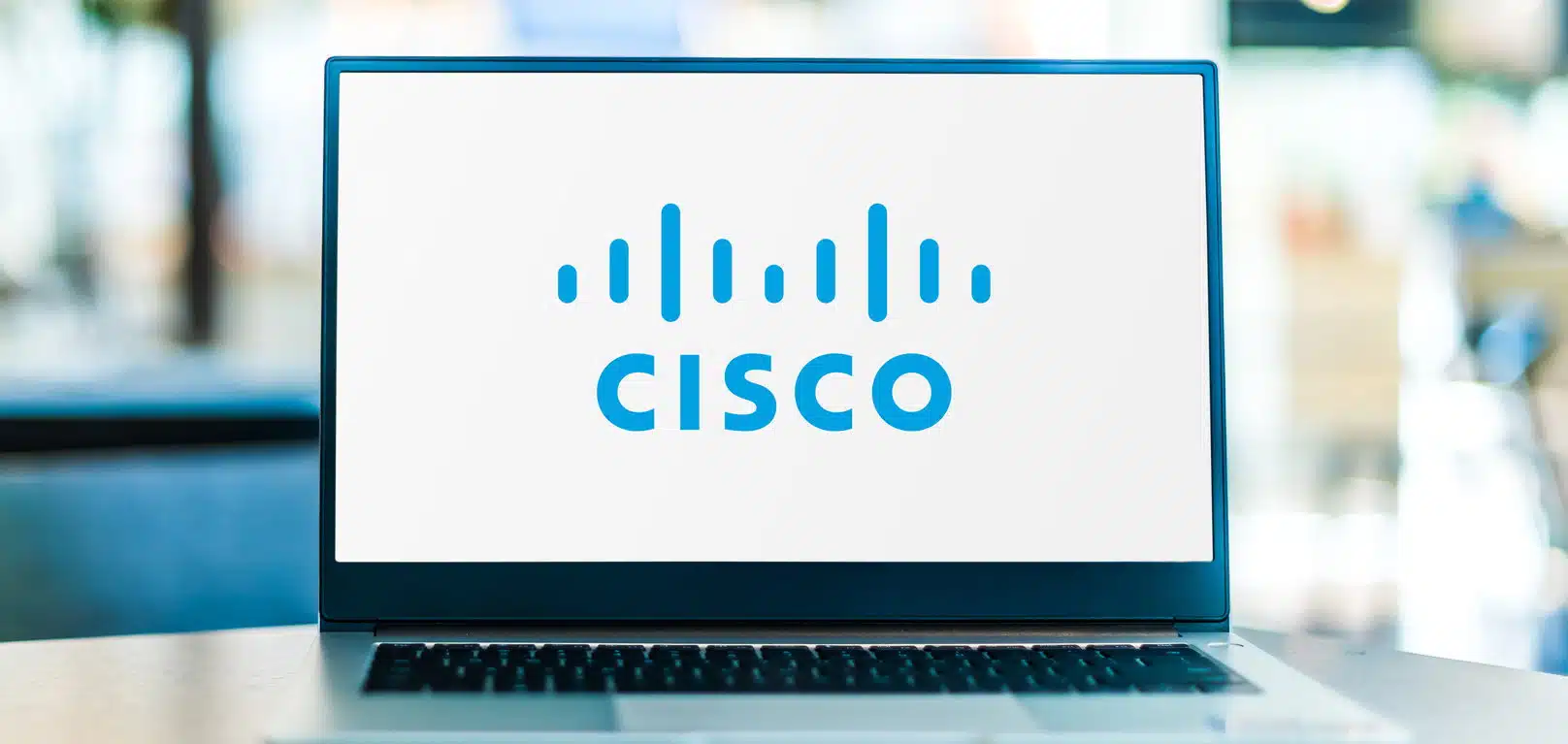The Internet of Things (IoT) is an area of networking experiencing rapid expansion and presenting increasing use cases across various sectors. It impacts industries like healthcare and retail by providing valuable security or cost-saving benefits through the use of new forms of sensors. These sensors enable new capabilities, such as improved inventory management and product enhancement. By reducing the complexity of multiple task-specific networks, lowering costs for duplicative IoT devices, and optimizing resource utilization, IoT introduces newer processes and technologies, such as automation.
These solutions address various use cases, from remote sensor data collection in agricultural fields to providing internet access for moving trains. Key products in this domain include Heavy Duty Access Points (Wi-Fi or URWB), Wireless backhaul models, Power injectors, adapters, and mounting accessories, Rugged AP and Client (URWB) for moving machines and vehicles, Edge Compute appliance for URWB, and DNA-C and IOT Operations Center. The Ultra-Reliable Wireless Backhaul (URWB) stands out for its high-speed mobility, low latency, and carrier-grade availability, making it ideal for assets that are constantly in motion. Cisco’s new “Industrial Wireless (IW) Service” offers cloud-based scalable provisioning and management of IW devices, ensuring secure and efficient operations, even in offline environments.
With robust support for extreme environmental conditions and advanced networking capabilities, Cisco’s industrial solutions empower businesses to effectively optimize their IoT infrastructure. As the IoT landscape continues to evolve, Cisco remains at the forefront, delivering innovative and reliable hardware to support the growing demands of connected industries.
